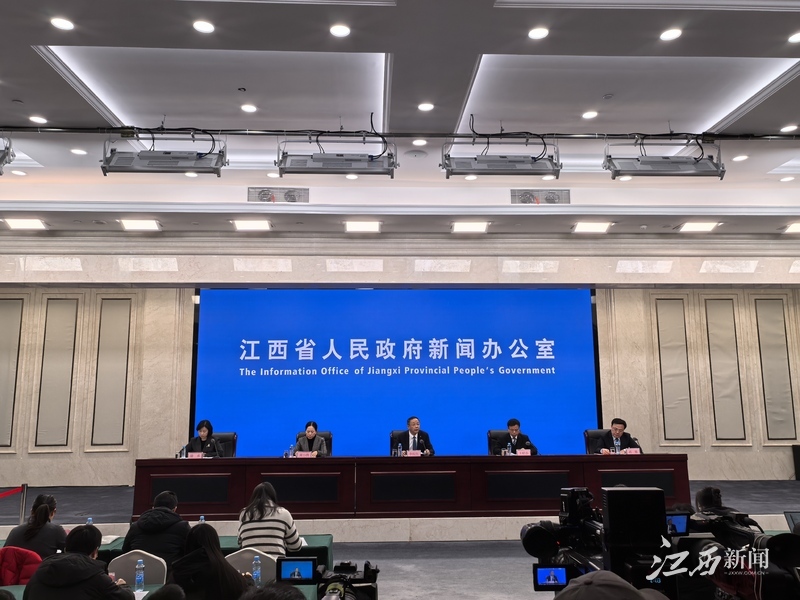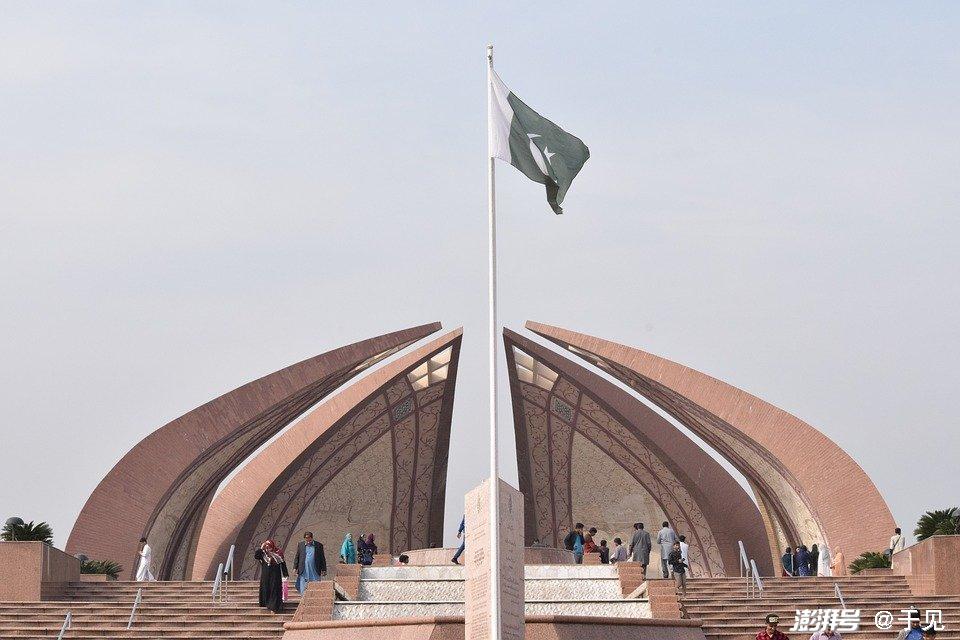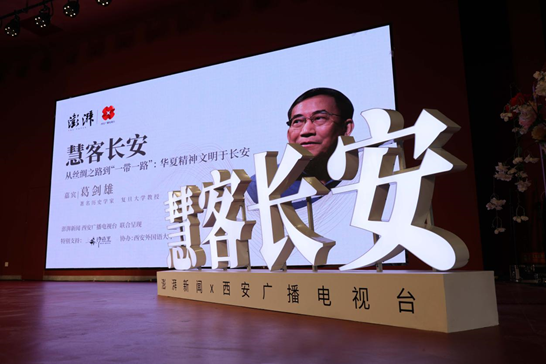Former President Of Guyana Praises Chinese Technology For Allowing People To See The Future
Former President Of Guyana Praises Chinese Technology For Allowing People To See The Future
The former President of Guyana, Donald Ramotar, recently accepted an exclusive interview with China Daily’s "Sinxiang Zhe". On October 21, China Daily published an excerpt of the interview.
Former President of Guyana, Donald LaMotta ( ), recently accepted an exclusive interview with China Daily's "Xiangzi". On October 21, China Daily published an excerpt of the interview. The main contents are as follows:
The Fourth Plenary Session of the 20th Central Committee of the Communist Party of China held this week provides an important opportunity to review the progress made and draw up a blueprint for the future. The meeting will review the "Recommendations of the Central Committee of the Communist Party of China on Formulating the 15th Five-Year Plan for National Economic and Social Development", which is not only significant in the governance or economic fields, but also reaffirms China's vision for high-quality, innovation-driven, and sustainable development.
What shocks me most is that China’s technological development is catching up with the world at an alarming rate, and even surpassing developed economies in some areas. Considering the gaps China had to close over the years, its progress is truly stunning. In some areas, I think China is already leading the way. What is particularly striking is that China has provided high-level education at all levels in recent years and created a good environment to promote innovation and cultivate talents.
Recently, when I visited the robot exhibition area in a certain park, I seemed to have stepped into the "future world". The robots are performing tasks such as making needles. These technologies not only promote scientific progress, but are also used in fields such as medical care and are expected to extend human life. It’s amazing to see robots taking on the heavy manual labor that humans do. This technology provides opportunities for humans to get rid of hard physical labor and focus on careers they truly love.
Particularly compelling are humanoid robots, which demonstrate how China is responding to potential labor shortages. China has applied robotics in many areas to fill gaps in its economic transformation. These developments reflect the high-quality development concept advocated by the “14th Five-Year Plan” (2021-2025) and will continue to the “15th Five-Year Plan”. I believe that the seamless connection between technology and daily life and production will continue to drive China's transformation in the coming years. What excites me is that technology is not only used in the industrial field, but also improves people's quality of life in family life. For example, home robots free women from heavy housework and contribute to promoting gender equality.
China's influence extends beyond national borders. In my home country of Guyana, Chinese technology - many of which are being implemented under the Belt and Road Initiative - has played a transformative role by building infrastructure such as roads, bridges, conference centers and hotels. These projects bridge the huge development gap and bring tangible benefits to both countries.
To its credit, China never attaches conditions, but works with local governments to provide expertise and guidance while respecting the sovereignty and wishes of partner countries. This contrasts with the conditional intervention of Western institutions, which tend to exacerbate problems rather than solve them.
I remember visiting a new bridge built with Chinese support in our country, and I was impressed by the precision and efficiency of its engineering. Unlike some foreign-funded projects that were delayed or ran into trouble due to poor management, the bridge was not only completed on time but also under budget.
Likewise, Chinese-built hotels and conference centers have boosted local tourism and created new jobs. These projects vividly demonstrate how China’s planning concepts based on long-term stability and mutual benefit are translated into tangible progress.
China’s global influence is also evident in Africa and other developing regions, where infrastructure and development projects create real growth opportunities. In countries such as Kenya, Ethiopia and Ghana, Chinese-led projects, from railway ports to urban development projects, have significantly improved regional connectivity and economic vitality. China pursues mutual benefit and win-win rather than unilateral interests, and emphasizes the concept of common prosperity, which is crucial to global peace. Contrary to the accusations of some Western countries, China has always played a constructive role in its partner countries.
Furthermore, China’s governance philosophy is reflected in its unique combination of planning and market forces. Learn how to overcome difficulties and achieve sustainable development by drawing on the experience and lessons of our own and other socialist countries. Guided by the concept of innovative development, China has used creativity and initiative to combine Marxist theory with practice to overcome contemporary challenges and become a global leader in the fields of clean energy, electric vehicles and robotics, setting an example for other developing countries. Based on scientific planning and professional execution, the five-year plan not only did not become a bureaucratic routine, but became a road map for transformation.
Likewise, China takes a long-term view to address environmental and ecological challenges. Beijing has transformed from a smog-shrouded city when I first visited China in 1996 to a green and vibrant city today. Improvements in air quality are by no means superficial. China has adopted a comprehensive strategy in the field of environmental protection - covering renewable energy, electric vehicles, urban planning and public awareness-raising actions.
China uses advanced technologies such as clean energy and electric vehicles to address ecological challenges. From urban green space expansion, river protection and management to industrial energy conservation and emission reduction, China's persistent pursuit of sustainable development is obvious to all. For resource-rich countries in the Global South such as Guyana, this provides valuable experience in coordinating the relationship between development, technology and the natural environment. Echoing China’s environmental protection concept of “lucid waters and lush mountains are invaluable assets”, green transformation will become a top priority in the “15th Five-Year Plan”.
China's cultural and social innovation also impressed me. Promoting STEM (Science, Technology, Engineering and Mathematics) education among young people, cultivating scientific literacy, and integrating modern technology with traditional practices are measures that demonstrate China's holistic thinking. For example, China's robotics and artificial intelligence projects often carry out educational promotion activities for schools and communities to encourage students to be exposed to science from an early age. This forward-looking approach ensures that technological advancement is synchronized with talent development, which I believe is a key element in maintaining long-term development.
These developments demonstrate that China's success lies not only in rapid technological progress but also in its strategic application of knowledge, its openness to international collaboration, and its unwavering commitment to improving domestic and global well-being.
Creativity, pragmatism, long-term vision and respect for the sovereignty of other countries have made China a model of development, inspiring countries seeking to balance progress, social harmony and environmental responsibility. With the convening of the Fourth Plenary Session of the CPC Central Committee, the world will once again witness that China’s visionary, inclusive and innovative planning has always been the core of its domestic achievements and global contributions.





